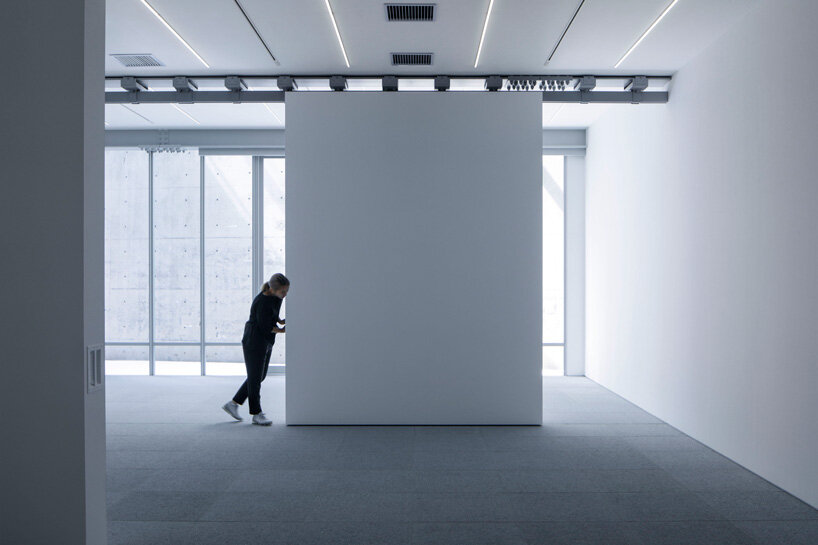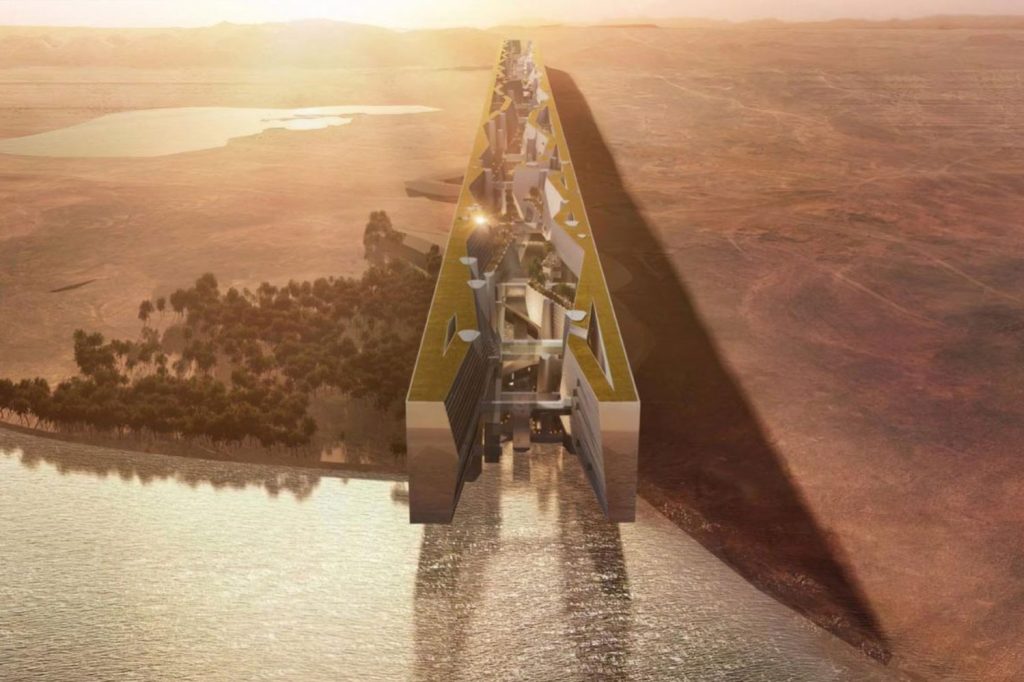Architecture isn’t simply sketching out buildings, but rather a cumulative discipline focused on mapping, planning, designing, developing, and restoring a space. In recent years, technology has made leaps and it reflects in the way education has changed. It applies to architectural education as well. The architectural practices have made a humongous transition. Earlier they focused on the functionality. Then they maneuvered to the post-modernist aspect of aesthetic value. The current iteration (and possibly the future one too) assimilates both form and functionality but now looks at a global perspective rather than an isolated one. Let us discuss some of the emerging trends which have transformed architectural pedagogy.
Sustainability
While the world is fixated on the grave dangers of climate change and global warming, architecture has seen a shift in its traditional practices. Sustainable development is a fad now. Urban planning is now taking into account eco-friendly and renewable resources (wind and solar energy), recycling practices, rainwater conservation, and waste management to lower the carbon footprint. It also includes resilience against environmental hazards.
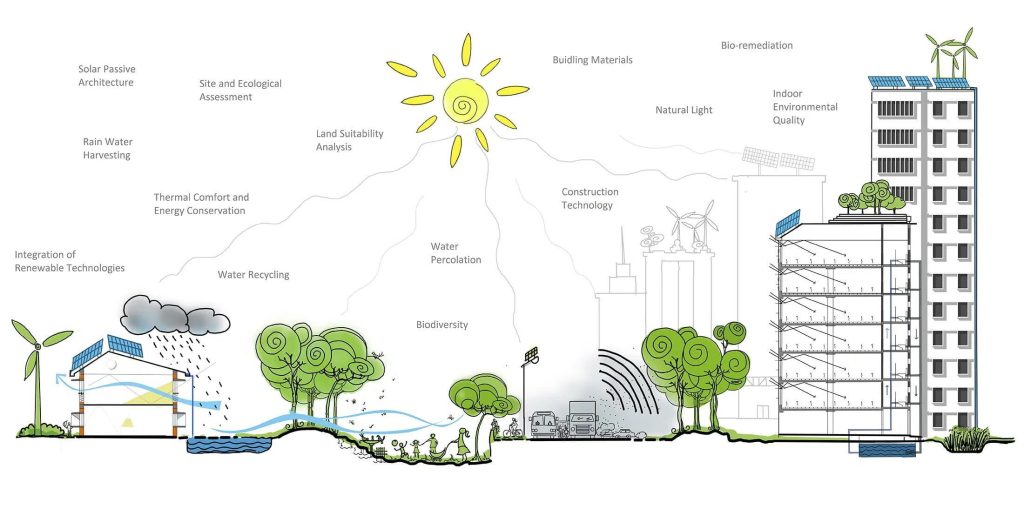
Smart Building Design
Just like our mobile devices, the new buildings have seen an amendment. With the use of cutting-edge technology, the world has embraced smart buildings. These buildings are not only efficient but also lessen human intervention. For example, nowadays, sensors are used in high-rise apartments to monitor and adjust the temperature and lighting. But it doesn’t stop there, automation has also been implemented in security systems and ventilation. The smart building design heavily relies on the Internet of Things (IoT). IoT refers to a gigantic network of interrelated web-enabled devices which gather data from their environments and exchange it in real time, making an occupant’s experience worthwhile.
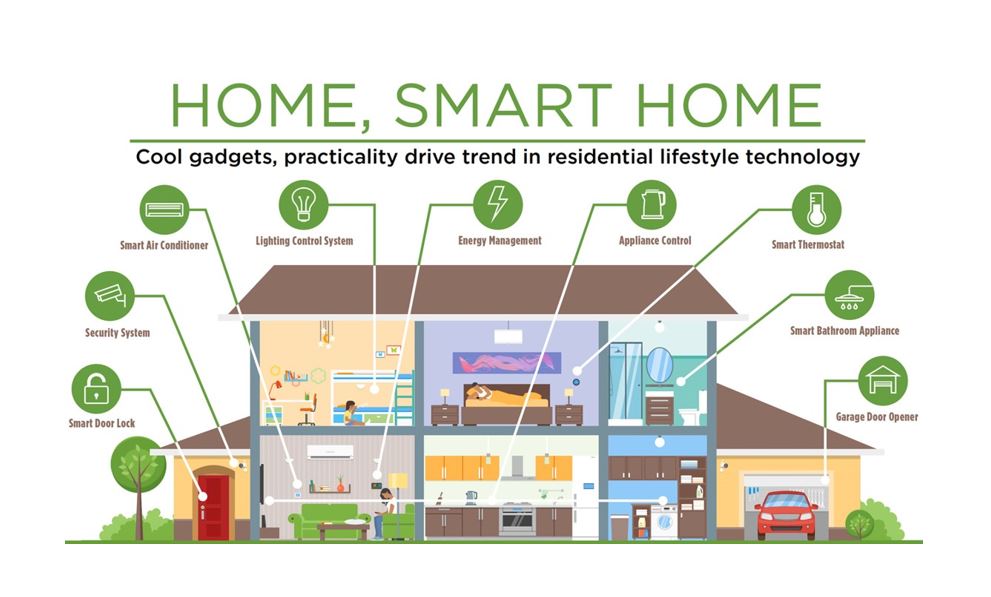
Adaptive Reuse Architecture
Rather than tearing and restarting, architects have understood the need for adaptive reuse. This has allowed them to manage waste while reviving urban life and its quality. Adaptive reuse is a creative and critical domain. Architects now have transformed old warehouses into luxurious residences, and shipping containers into rustic shops. However, it isn’t limited to certain spaces. The Haveli Dharampura in Chandni Chowk, New Delhi is a stellar example of the adaptive reuse of heritage buildings; a phenomenon that is gaining traction. The ‘haveli’ built in 1887 AD is a testament to the Late Mughal style of architecture. In 2011, the marble ‘jaalis’, wooden doors, and brackets were restored to its former glory. Since then, the first floor has been functioning as a Mughal restaurant while the second floor is allocated for residents.

Biophilic Design
Essentially a theory, biophilic interior design calls for a harmonious relationship between man and nature. Biophilic design banks on an increased connection between the building’s occupants and the natural environment. It is argued that it has a drastic positive effect on both an individual’s health and the environment. For this reason, architects have extensively employed green roofs, living walls, and light wells in their designs.

Parametric Design Architecture
Parametric design aims at achieving a pattern through computers, programmes and algorithms. This avant-garde architectural design produces forms which transcend conventional geometry. Using algorithms and parameters, architects can create complex, fluid, non-linear structures with ease. These designs are often dynamic and can modify spatial configuration. Parametric design uses cutting-edge materials, advanced composites, and 3D-printed components to build a visually pleasing marvel.
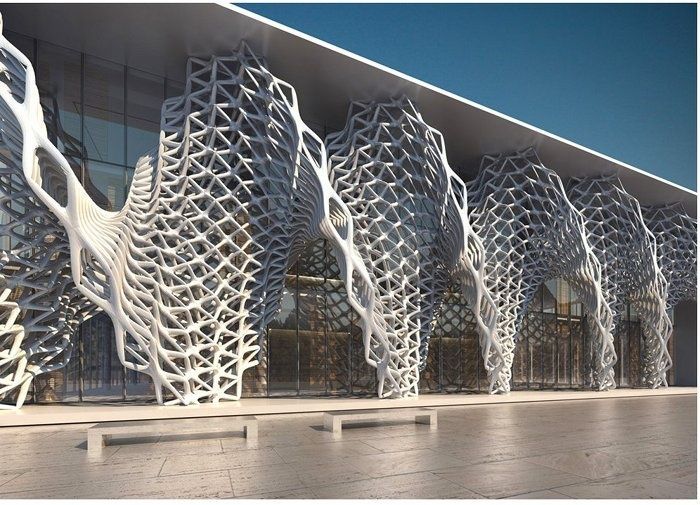
Building Information Modeling
Building Information Modeling or BIM can be seen as a real-time collaboration between engineers, architects, and contractors. BIM technology accurately and precisely showcases a digital representation of a building’s physical and functional qualities. Since even the smallest detail can be fabricated with accuracy, the chances for errors are almost negligible. BIM allows the users to manage the information and provides a life cycle of the project. BIM automates programming, designing, analysis, documentation, manufacturing, construction logistics, operation, maintenance, and renovation of the building. It is gaining popularity amongst many architects as it saves time and money.
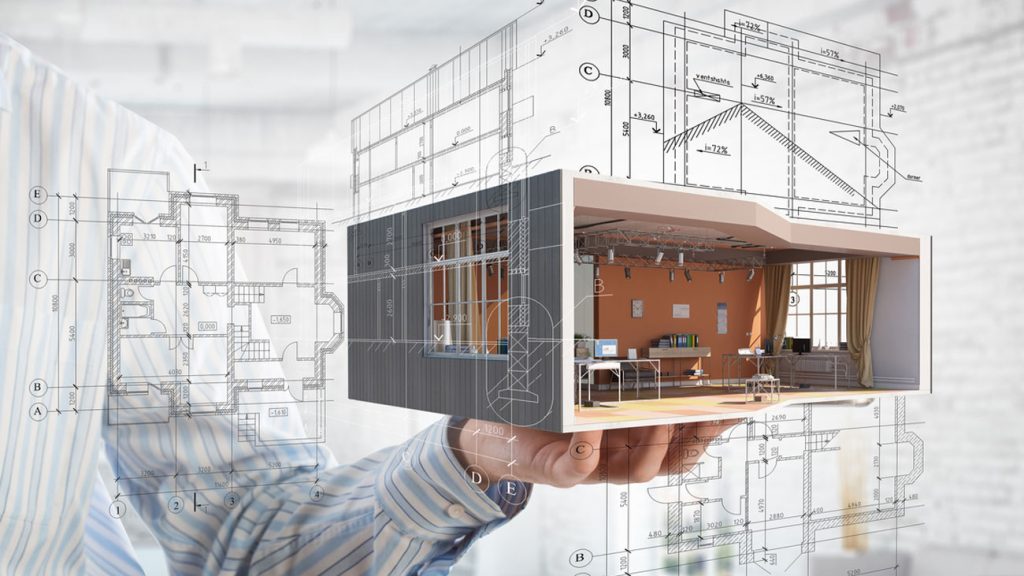
Virtual Reality
Architects are enthralled by the concept of virtual reality. Once the vision has been realized, the architects construct a 3D model of their buildings. These buildings can be seen and experienced before even being constructed, which helps in interacting with the designs; opening the floor for discussion and thorough criticism. The immersive virtual reality technology aids in a walk-through allowing us to make adjustments quickly.

3D Printing
Conventional materials take a longer time to manufacture as opposed to 3D printing. It aids the architects in quickly creating complex and sophisticated construction materials and elements. It hastens up the construction process and reduces waste and pollution to create exquisite, durable, and aesthetically pleasant 3D printed houses.
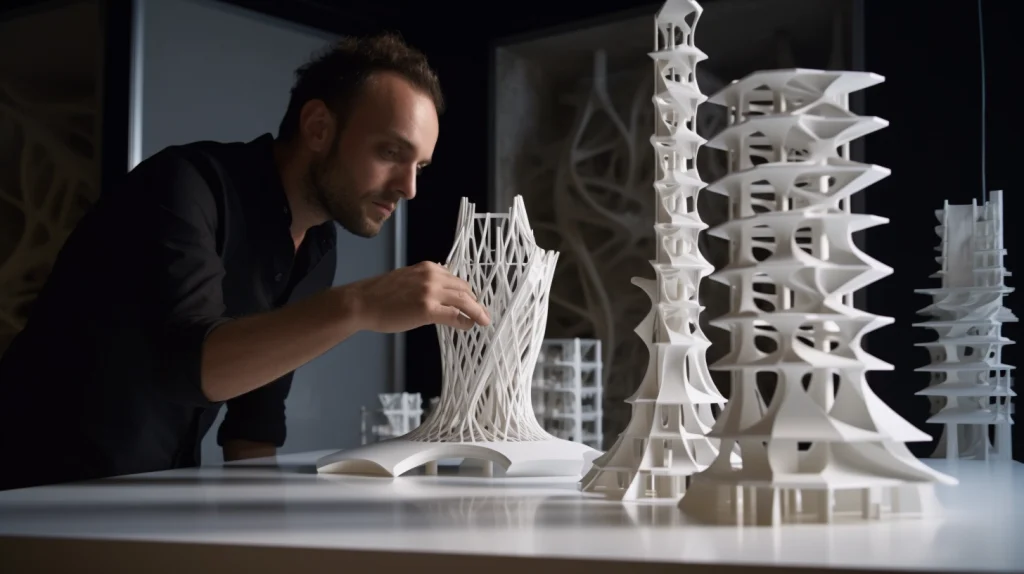
Artificial Intelligence
Several decisions go into constructing a building. Whether it is the height or the number of components required, these decisions can be easily solved by artificial intelligence (AI). Gigantic directories of data can be produced and analysed within a matter of minutes, which lessens an architect’s burden. The superfast computational ability is quite efficient, and sustainable; undoubtedly guides an architect’s design steps.
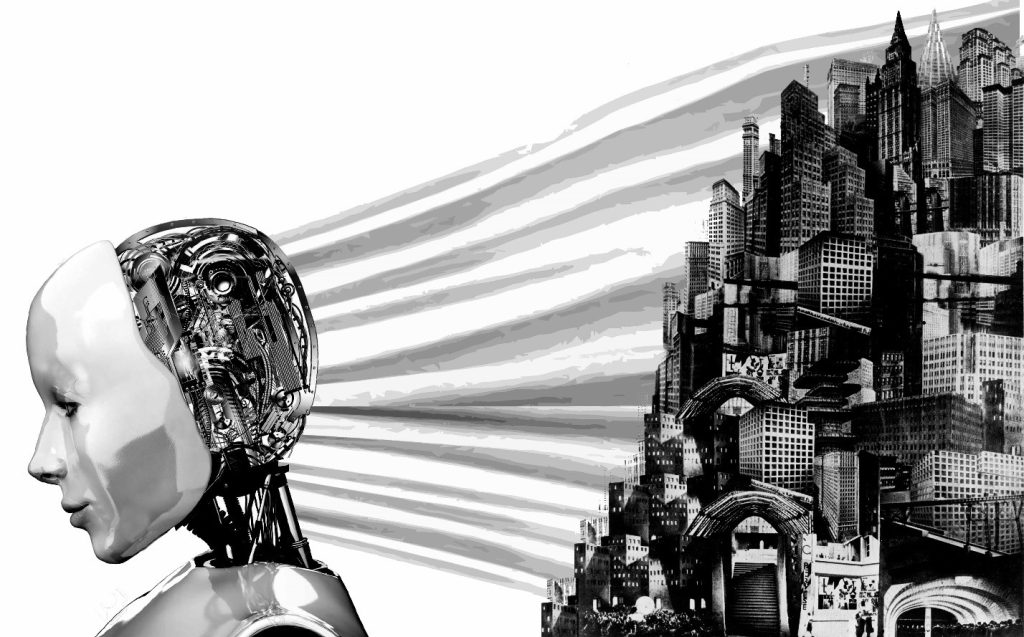
Image Courtesy – Autodesk
Evolution of the Green Roofs in Modern Architecture: A Global Perspective



